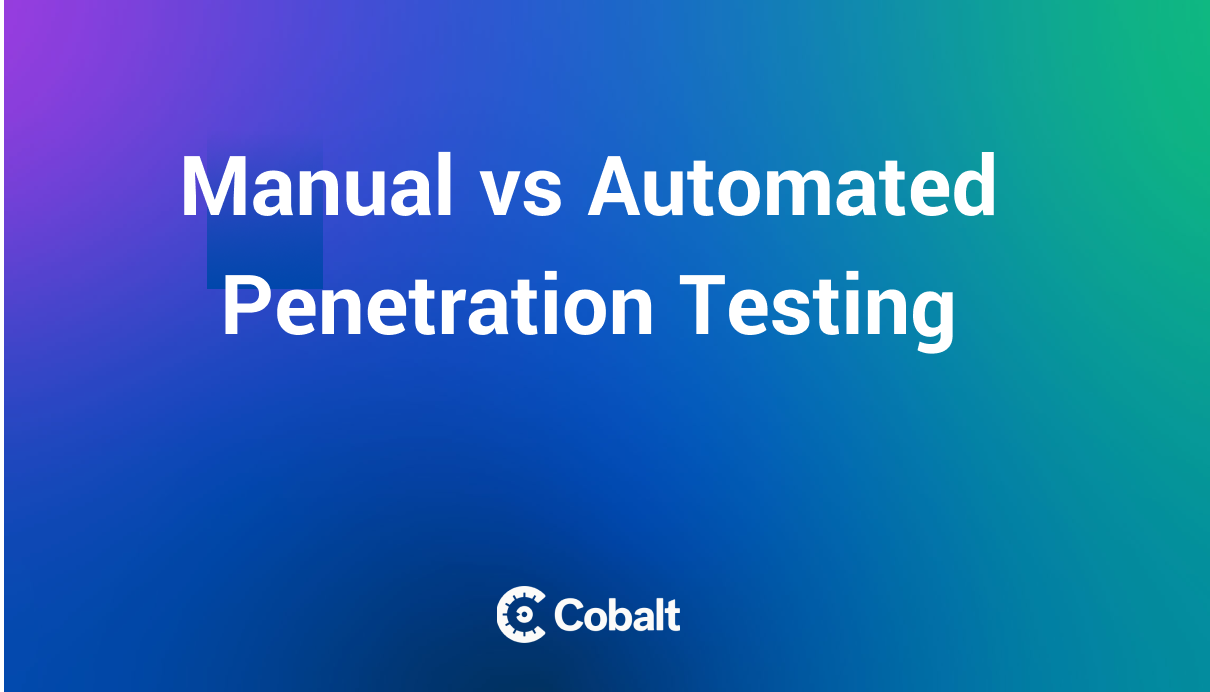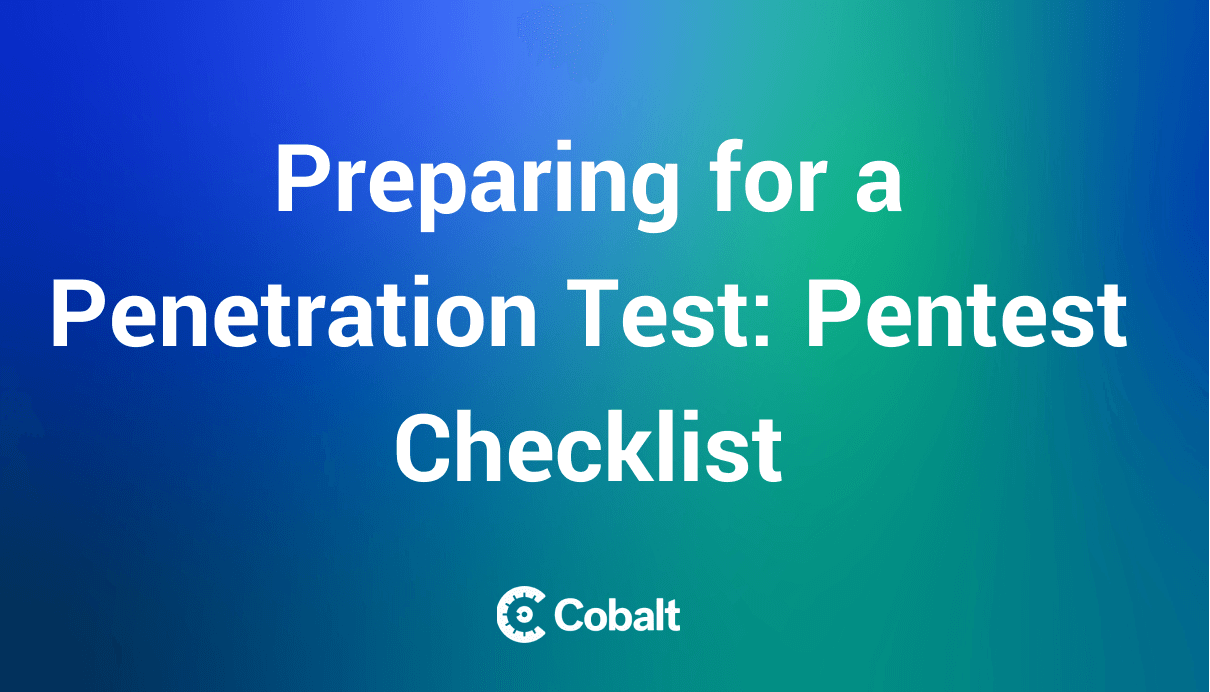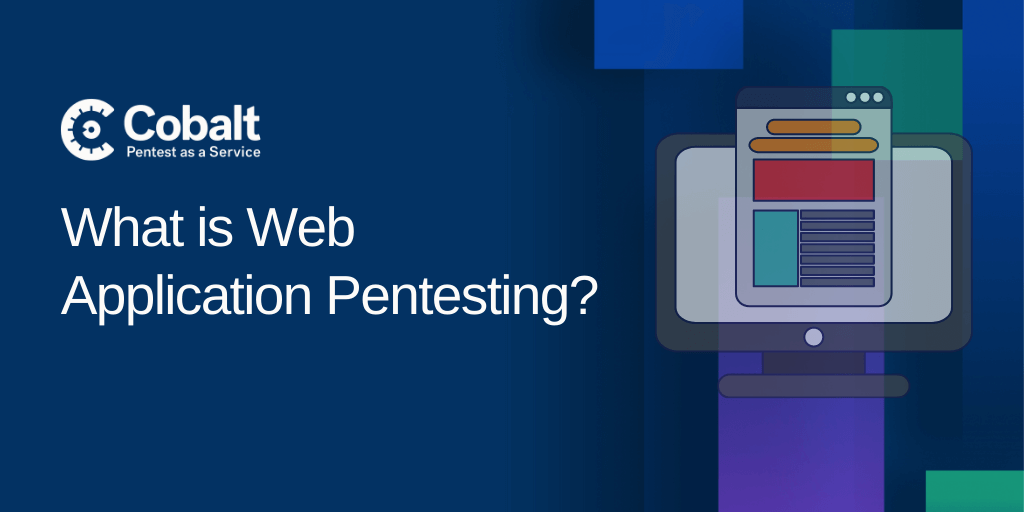Penetration testing involves simulating the behavior of a threat actor to assess the resilience of an organization’s network and digital assets. It involves using tactics, techniques, and procedures (TTP) that a cybercriminal may use to gain unauthorized access to a network and any sensitive data that may be of value.
To launch an effective pentest, IT teams must create a clear penetration testing policy that outlines each aspect of the evaluation and enforces adherence to best practices. This article will discuss how to create and scale a security testing policy to achieve optimal results.
What Is a Penetration Testing Policy?
In recent years, the rise in cyberattacks has prompted security teams to reassess their methods. Penetration testing has emerged as an effective defense to prevent breaches. Penetration tests also complement traditional vulnerability management strategies, such as automated network scans that detect known vulnerabilities.
During a simulated cyberattack, it is essential to have policies in place that clarify the roles and responsibilities of all involved parties, as well as define the test's objectives and the network areas under evaluation. A penetration test provides a much more comprehensive security solution when compared to traditional cybersecurity software that relies on scheduled, automated scanning.
A penetration testing policy establishes formal guidelines and standardized procedures to specify the requirements, overall goals, and expectations for a penetration tester. This policy effectively governs the test, ensuring accuracy and consistency across different tests.
The policy should also define the type of testing so that every person involved in the testing process should clearly understand their responsibilities and roles. Additionally, the policy should provide guidelines on how to share the results with stakeholders. Stakeholders could include IT teams, security teams, CEOs, business managers, service providers, and any relevant departments within the organization.
What Is the Goal of a Penetration Testing Policy?
The ultimate aim of a penetration testing policy involves actively maintaining the reliability of each test to identify and mitigate all vulnerabilities. Another common end goal is to ensure an organization satisfies any regulatory requirements and is compliant.
Penetration Testing policies help standardize processes by setting clear guidelines, promoting more effective and efficient procedures, and guaranteeing more reliable results.
If penetration testing is to be successful and consider new attacks, exploits, and strategies that a network may be subjected to, then one cannot overlook the importance of a structured approach.
What Should a Penetration Testing Policy Include?
Depending on the use case, organization type, tested digital environment, and intended results, each penetration test policy can vary. However, most policies follow a similar format and adhere to a range of minimum requirements to ensure it is fit for purpose.
Every penetration testing policy includes a risk assessment for digital assets, data, and systems, a testing schedule, details about the testing types, and the various activities involved. Any technologies deployed to assist with the testing should also be described, including the use of AI or machine learning which are becoming increasingly used for risk management purposes.
Third parties conduct the vast majority of penetration tests. Thus, the policy should also include details about the chosen service providers. The policy functions similarly to a service level agreement (SLA), outlining the expectations for the service provider.
Lastly, traditional pentest programs required security managers to change pentester vendors after a certain number of tests to ensure diverse perspectives. This is a dated policy though, which changed as companies such as Cobalt revolutionized pentesting with a Pentest as a Service platform. Read more about rotating pentest vendors.
In summary, a penetration testing policy should always include the following:
- The overall goals of the penetration test
- The types of penetration testing activities that will be performed
- Any limitations that the penetration test may encounter
- Adhering to any compliance and legal requirements
- The roles and responsibilities of any in-house personnel and third-parties
- The communication and reporting channels that will be used
Creating a Penetration Testing Policy in 5 Steps
Creating a penetration testing policy that is highly scalable is not as complex as it may seem, but for it to be successful, all aspects of the digital environment and testing process must be determined. Companies must also ensure that they follow industry standards and IT best practices when creating their policy. Data protection should be at the forefront of any testing, but the policy should also protect critical infrastructure and business operations.
To help with this, we have put together a five-point checklist to assist you in designing a watertight policy:
1. Inventory - The first step is to build an asset inventory of the organization’s entire digital environment, including all hardware, software, endpoints, cloud systems, apps, and whatever else is connected to the network.
2. Risk management - Next, a risk management assessment should take place that categorizes each asset depending on how critical it is to the organization’s operations. It is essential to assess the potential impact of a security breach, taking into account the relevant laws and regulations that govern such incidents.
Develop a risk scoring system alongside the risk management assessment, specifying the required testing type for effectively mitigating identified risks. Score the testing scope and any limitations to provide a clear overview of achievable and non-achievable outcomes.
3. Roles and responsibilities - Assign specific roles and responsibilities to both internal staff and third-party service providers to ensure smooth project execution.
4. Communication - It is crucial to choose the proper communication channels for informing stakeholders and other testers about test results, sharing documentation during the test, and sending monitoring alerts.
5. Maintaining the policy - Finally, to ensure scalability, the penetration test policy must be flexible enough to be updated when necessary, including any new risks that need to be mitigated and any useful information that has been gathered by ongoing security monitoring activities.
Should there be any change to business operations and infrastructure, the policy should be re-evaluated and amended to reflect this. It is crucial to monitor all penetration testing activities to ensure compliance with the procedures specified in the policy.
Key Differences Between an Enterprise and Small Business Penetration Testing Plan
Regardless of a business’s or organization’s size, penetration testing should be carried out to identify the attack surface of its network and digital assets. Of course, the costs of a penetration test for a small or medium-sized business will be much lower than that of an enterprise, but the core principles will remain the same.
Enterprises face more challenges than SMEs due to the sheer volume of data they collect and store, and the number of individuals working within or connected to the organization.
Due to the number of third parties involved with enterprise businesses, planning for a penetration test can be much more complex, so using an experienced and reputable penetration testing provider is always advised.
Conclusion
The effectiveness of a penetration test depends largely on the planning that precedes it. This includes developing a comprehensive penetration testing policy that clearly outlines what the test will entail, the expected results, and each individual’s role. Overlooking this key documentation can significantly increase the risk level of penetration testing activities, breach laws, and regulations, and impact the service level provided.
Overall, companies looking to improve their security posture should consider how they will scale their security policies and limit their security risks to an acceptable level.









